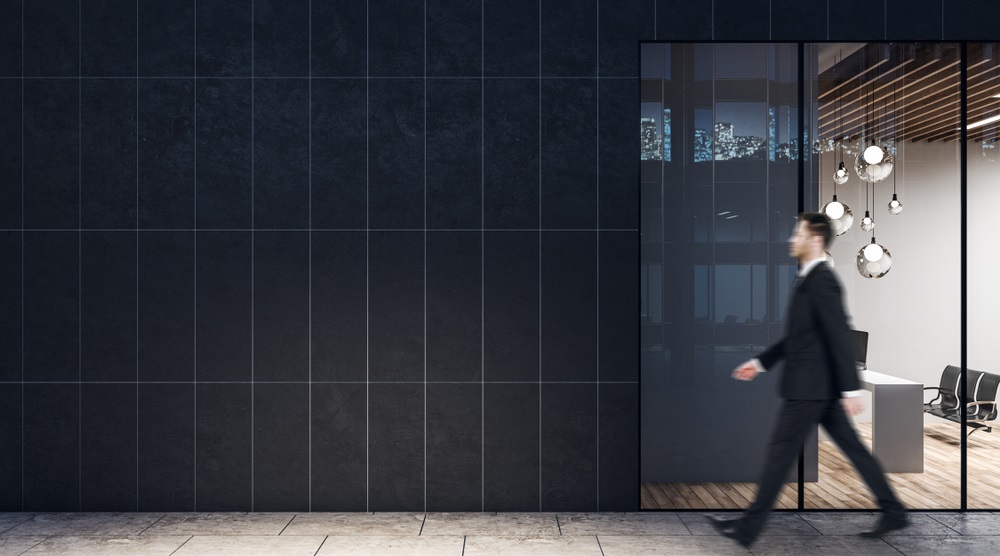Making Commercial Buildings More Attractive

The management of commercial buildings is having to adapt to make environments more enticing to new tenants and retain the occupancies of existing clients.
Commercialisation is more commonly associated with retail sites such as shopping centres, however, as the commercial office sector is evolving to become more customer-service focused, landlords and managing agents are increasingly looking at methods to improve buildings and turn them into a community instead of siloed office floors.
In major commercial buildings, commercialisation strategies can include things such as kiosks and food & beverage units, creating a greater sense of place than traditional conventional buildings with empty reception areas. The opportunities to diversify products within these ‘pop-ups’ is vast, in our building we have seen cakes, flowers, candles, art and protein shakes all being sold. Not only do they create more of a community, but with the volume of footfall and visibility gained, they provide considerable supplementary revenue streams.
Commercial buildings are adapting, stealing ideas from shopping centres and retail sites to maximise space for additional income whilst increasing tenant engagement, retention and attraction – and it doesn’t stop with pop-up shops.
Buildings are looking to connect with tenants and are increasingly making efforts to bring in additional services. The space used for the kiosks mentioned above has also been used for entertainment and experiential strategies such as networking events, workshops and football table tournaments. In addition, vacant floors/offices have been utilised for yoga and fitness classes, office service providers run themed quizzes in communal spaces and the entrance foyer is decorated dependant on the season.
People spend many hours in their place of work and the awareness of good workplace mental health is growing rapidly. This has created a new challenge and objective for building managers. Environments need to change to support wellbeing and services need to be available to encourage happiness and support mental health. Plants and greenery, natural light and break-out areas support psychological factors, bike-racks and shower facilities provide convenience for fitness, and commercial space/tenants encourage engagement and experiences – creating a sense of place and community.
The development and advancement of services offer substantial financial opportunities. Commercialisation strategies support a healthy environment, enhance tenant experiences and improve the service provided, in turn, increasing tenant retention, attraction and ultimately, asset value.